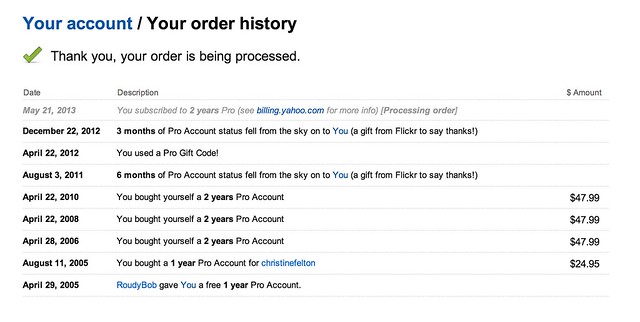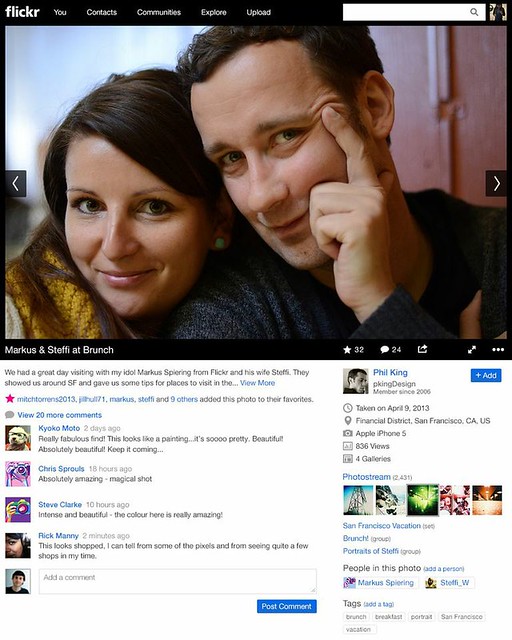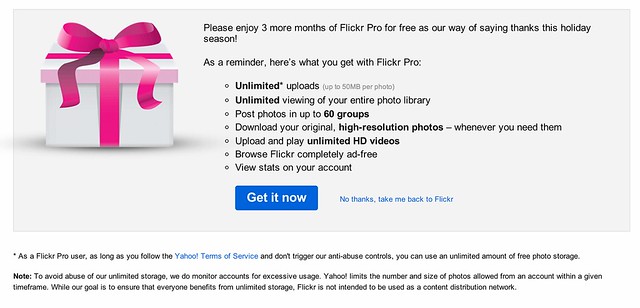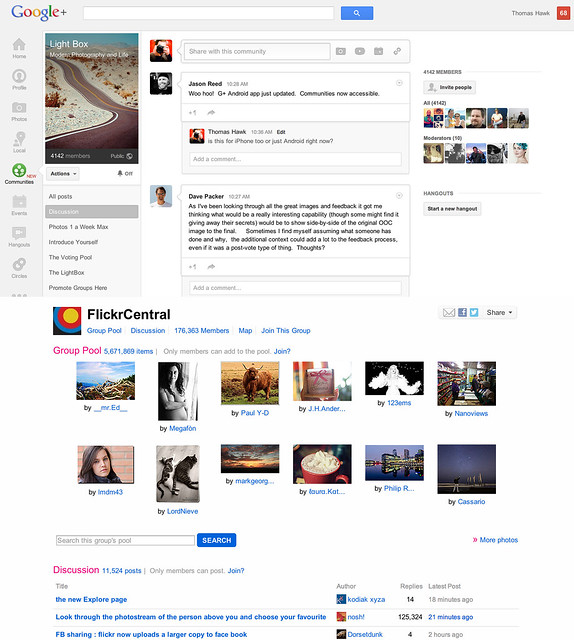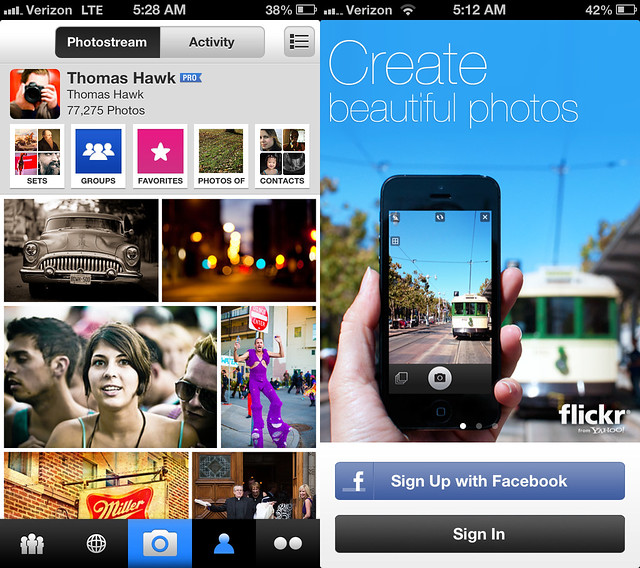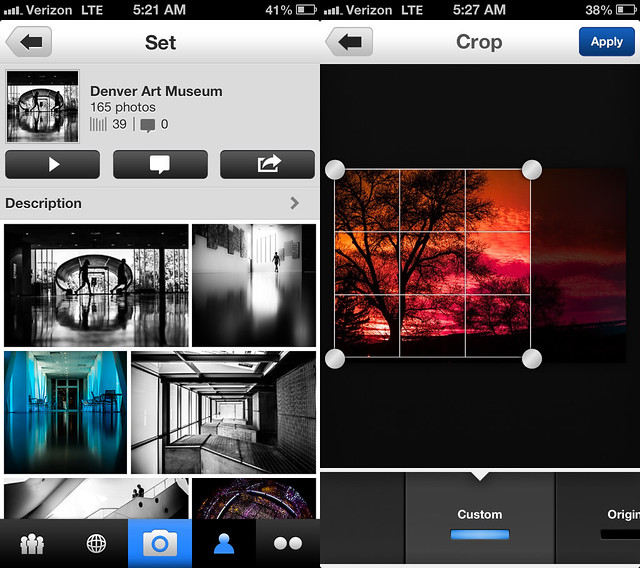The NY Post is out with a somewhat sensationalistic article this morning suggesting that based on data by AppData that Instagram MAY (emphasis on MAY) have lost 25% of their users based on last week’s TOU debacle. From the Post:
“[We are] pretty sure the decline in Instagram users was due to the terms of service announcement” on Dec. 17, AppData told The Post.
Instagram, which peaked at 16.4 million active daily users the week it rolled out its policy change, had fallen to 12.4 million as of yesterday, according to the data.”
The NY Post of course has a certain reputation when it comes to journalism (remember the photo of the guy about to be hit by the subway train?).
Staci Kramer, whose journalistic reputation is stellar, pointed me to another article on the subject written by Zach Seward suggesting that the Post story was “bogus.”
Seward does a bit of analysis on the Post’s piece and suggests that it’s flawed for a number of reasons. The first reason is that the data is based on a subset of the users not the entire user base. This is of course the first way to attack any sort of statistical data. It’s why we have the famous margin of error. I don’t know how big a subset of Instagram users this data represents, but in general if you have a large enough subset, you should get a reasonably representative view of things.
Is the Instagram data flawed for this reason? Who knows.
I find Seward’s second claim more questionable though. Seward seems to be suggesting that the reason for the decline in activity has less to do with the Instagram TOU debacle and more to do with something much more obvious, Christmas.
From Seward: “But more to the point, the drop in active daily users of Instagram’s application on Facebook occurred between Dec. 23 and Dec. 25, according to AppData. (Look for yourself!) Instagram released its new terms of use on Dec. 17, igniting controversy almost immediately, but AppData doesn’t show any significant decline in usage until Christmas.”
So this little bit got me thinking. Historically speaking the holidays are a very strong time for photo sharing sites. It makes sense. People take a ton of photos of family during these times and like to share these photos. Just last month, for example, Instagram was crowing about how great a Thanksgiving Holiday they had had. They had a blog post especially dedicated to the “record usage” on Thanksgiving.
Is Christmas really a time when people slow down on photo sharing, as Seward might suggest? Do we like to share photos of our turkeys and stuffing but not our Christmas trees and stockings? Do people share fewer photos on Christmas than Thanksgiving?
Flickr of course is seen by many as a natural beneficiary of Instagram’s TOU debacle. Anecdotally I’ve been seeing more and more and more of these sorts of posts. So I wonder when people posted more photos on Flickr — Thanksgiving or Christmas?
My analysis is fairly crude, and I’m not at all calling it scientific, but you can get a rough idea of the number or photos posted on Flickr during a time frame by looking at the unique number that Flickr affixes to every new photo uploaded.
I post pretty much every single morning on Flickr, so let’s look at my stream for an example.
The very first photo I posted on Thanksgiving morning this year was this one. I posted it at 6:12 a.m. This photo represents the 8,208,796,934th photo posted to Flickr. Almost 24 hours later when I posted my first photo the day after Thanksgiving at 5:43 a.m. it was given the number 8,210,250,875.
This means that in the (almost) 24 hour span between early Thanksgiving on the West Coast and the day after there were about 1,453,941 photos posted to Flickr.
Now, how many photos were posted to Flickr during the similar time frame on Christmas?
I published my very first photo to Flickr on Christmas morning at 5:55 a.m. It was given upload number 8,306,197,725. A little over 24 hours later on the day after Christmas at 6:02 a.m. I uploaded photo number 8,309,811,751 at 6:02 a.m.
So between these two time periods there were 3,614,026 photos uploaded to Flickr.
Roughly speaking there were over twice as many photos posted on Flickr over Christmas than over Thanksgiving. Even if you average out the exact number of minutes between the two days (my time between posts on Christmas had an extra 36 minutes between posts) the Flickr data would still seem to hold up.
While people may share photos differently on Instagram than they do on Flickr, both are basically photo sharing sites where you share photos of your friends, family, holidays, etc.
I find Seward’s suggestion that Christmas is possibly the real reason for Instagram’s usage decline to be dubious in light of this Flickr data.
Why would people upload 2x as many photos on Flickr at Christmas over Thanksgiving but not on Instagram? One answer of course could be Flickr’s awesome new mobile app. Of course this new mobile app would seem to be aimed most directly at Instagram users leading me to believe that Instagram probably has actually lost ground between Thanksgiving and Christmas.
How much of this is attributed to the TOU debacle and how much of this is attributed to the new Flickr app I don’t know, but I certainly don’t think “Christmas” is a very good reason for why the Post’s data is flawed, or worse, “bogus” as Seward would suggest.
Flickr also recently gave every user 3 months of free Pro service — they certainly seem to be taking advantage of Instagram’s misstep here.
So where did those 25% of Instagram users go who MAY have left the service POSSIBLY over the TOU issue? Well, MAYBE at least SOME of them went to Flickr.
Apparently Instagram denied the 25% number to Gizmodo but didn’t really clarify much beyond that.”
‘”This data is inaccurate,” an Instagram spokesperson told us. “We continue to see strong and steady growth in both registered and active users of Instagram.”‘

